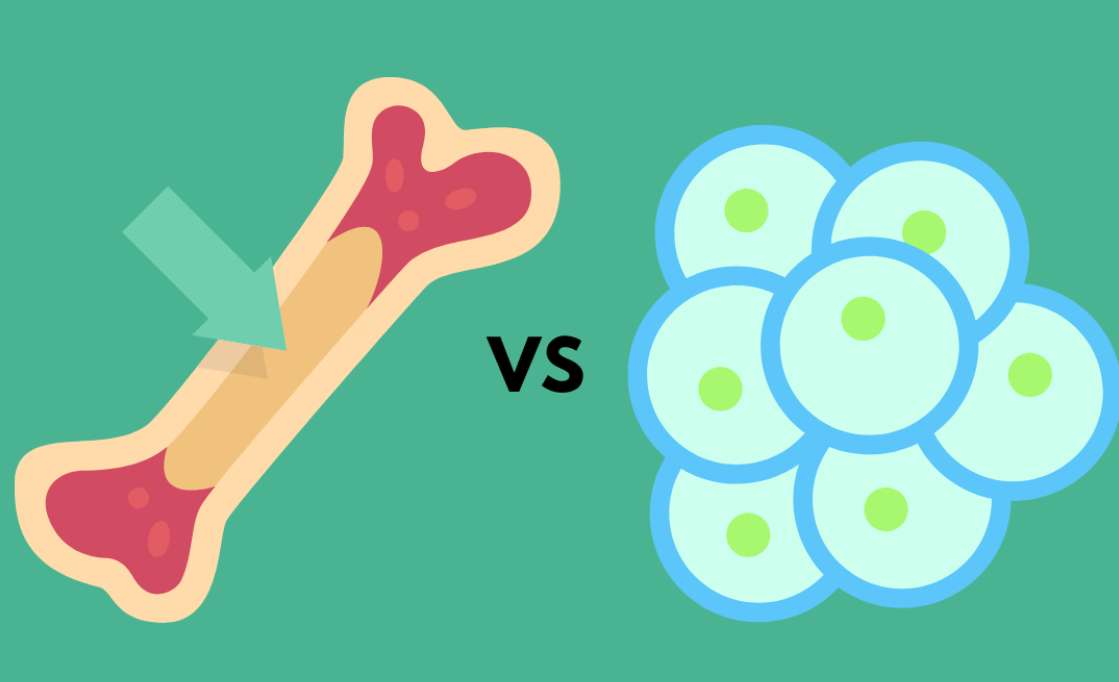“There is deep untapped potential in using CD34-negative HSCs in transplantation,” says Asma Al-Amoodi, a postdoc in Merzaban’s lab. Along with her colleagues, she sets out to augment their therapeutic value.
The researchers first characterized the different populations of HSCs found in cord blood and noticed that CD34-negative cells were particularly lacking in sialyl Lewis X, a sugar molecule expressed by CD34-positive HSCs that helps direct the cells to the bone marrow.
To address this deficiency, the researchers treated CD34-negative cells in the lab with enzymes necessary to boost the production of this sugar. The cells then gained newfound homing abilities.
After transplantation into mice, the souped-up CD34-negative cells quickly made their way into the bone marrow, where they continued to pump out new healthy blood and immune cells for months. The HSCs also showed elevated activity of genes involved in adhesion mechanisms that facilitate interactions and engraftment within the bone marrow environment.
In addition, 15 percent fewer infants in the delayed-clamping group needed blood transfusions after birth.
The study is published in The Lancet Child and Adolescent Health today.
It is coordinated by the University of Sydney’s NHMRC Clinical Trials Centre in collaboration with the IMPACT Clinical Trials Network of the Perinatal Society of Australia and New Zealand and the Australian and New Zealand Neonatal Network.
Study lead, Professor William Tarnow-Mordi, Head of Neonatal and Perinatal Trials at the Clinical Trials Centre and Professor of Neonatal Medicine in the Faculty of Medicine and Health said the simple process of aiming to wait a minute before clamping will have significant impact worldwide.
“It’s very rare to find an intervention with this sort of impact that is free and requires nothing more sophisticated than a clock. This could significantly contribute to the UN’s Sustainable Development goal to end preventable deaths in newborns and children under five—a goal which has really suffered during the pandemic,” he said.
“Applied consistently worldwide, aiming to wait a minute before cord clamping in very preterm babies who do not require immediate resuscitation could ensure that an extra 50,000 survive without major disability in the next decade,” said biostatistician Dr. Kristy Robledo from the University of Sydney who led the two-year follow-up analysis.
“In other words, for every 20 very preterm babies who get delayed instead of immediate clamping, one more will survive without major disability.”
Delayed umbilical cord clamping is routine in full term babies to allow the newborn time to adapt to life outside the womb, however, until recently, clinicians generally cut the cord of preterm babies immediately so urgent medical care could be given.
“Ten years ago, umbilical cords were routinely clamped quickly after a very preterm birth and the baby was passed to a paediatrician in case the child needed urgent help with breathing,” said Professor Tarnow-Mordi.
Linheng Li believes that this approach could potentially be applied to other types of adult stem cells, which may lead to increasing the amount of adult stem cells available for treating patients. This may also be complementary to the approach of haploidentical adult stem cell transplants, which involve donors from a close but still mismatched family member. These patients typically require immune suppression treatment to suppress graft versus host disease.
“This work represents a path forward by demonstrating the ability to reliably expand adult stem cells from umbilical cord blood in the laboratory without terminally differentiating the cells into more mature and relatively short-lived blood cells,” says Joseph McGuirk, MD, professor of medicine and medical director of blood and marrow transplant at the University of Kansas Health System, who was not directly involved with the study. “These findings represent a major advance in the field and have significant potential to improve the outcomes of thousands of children and adults who undergo umbilical cord blood transplantation every year.”
Clamping and cutting a baby’s umbilical cord as soon as it is born can be bad for its health. The World Health Organisation advises that clamping should be delayed for two to three minutes after the baby has been born, and the UK watchdog NICE advices midwives and obstetricians not to clamp the cord earlier than one minute after the birth. But in nearly a third of cases, this doesn’t appear to be happening.
In a survey of 3,500 parents whose children were born in the UK between 2015 and 2017, 31% said that their baby’s cord was clamped less than a minute after they were born. One in five said that their baby’s cord was cut immediately following the birth.
Life support
The umbilical cord consists of a vein and two arteries, which are surrounded by a gelatinous substance called Wharton’s jelly. A membrane, called the amnion, holds the whole thing together.
During pregnancy, the umbilical cord vein carries oxygen-rich blood and nutrients from the placenta to the baby, and the arteries return deoxygenated blood and waste products, such as carbon dioxide, to the placenta.
A baby’s blood supply is independent of its mother’s, and remains within this closed circuit throughout pregnancy, labour and birth. As the baby is squeezed through the birth canal or an abdominal incision (if it’s a caesarean birth), a lot of the baby’s blood is pushed back into the placenta. But as the baby emerges, the umbilical cord – if left to pulsate – returns all of this blood to its rightful owner in a few minutes.
